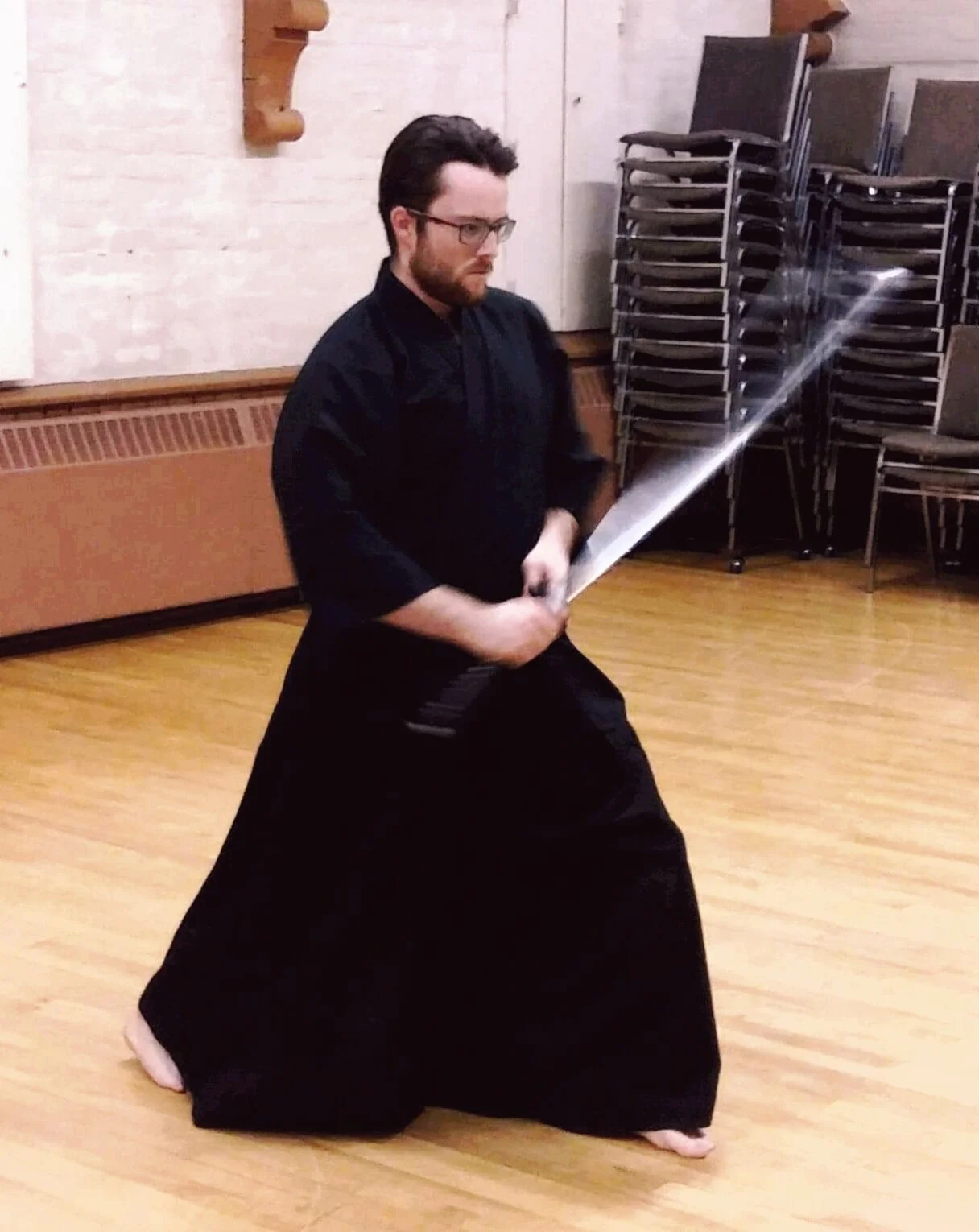Wow, what a 2019!
We had an amazing year of showcasing what Canadian Iaidoka are capable of.
This wouldn't have been possible without the avid support and effort from so many amazing people in the CKF Iaido community.
Looking back at the past 12 months...
----------
1. We selected and sent teams to participate in three 3 International Events
2. We promoted 11 Canadian Iaidoka on our website and facebook page reaching over 20,000 people
3. Our amazing Canadian Iaidoka brought back 13 awards: Two (2) Gold, One (1) Silver, Three (3) Bronze, and Seven (7) Kantosho awards
----------
All on a budget of $1,000 CAD.
Not bad for our first year in existence!
Competitors came from large cities like Toronto, Vancouver, and Montreal; as well as remote jewels in the CKF Iaido community like Peterborough and Thunder Bay.
Our teams not only contributed to raising the awareness of the capability of Canadian Iaido, but also submitted insightful perspectives on how an Iaido community is built through their diverse experiences.
You can read about them here: https://team-canada-iaido.squarespace.com/blog
This inaugural year was about building a foundation. We built a website, a facebook page, and a mailing list. We tested our nomination and selection procedures.
In 2020 we have larger ambitions.
And with greater support from the Canadian Kendo Federation, we hope to both bring the Team Canada Iaido program closer to more Canadians, and bring the Canadian teams further to more tournaments.
Our goals for this year are as follows:
Base Goals 2020
-----
2020 will be considered a success if we can...
1. Hold 3 Info Sessions & Training Camps in each of the CKF regions of West, Central, and East
2. Send a team to 2 US Iaido Tournaments: East Coast Iaido Taikai (February) and PNKF Iaido Taikai (September) with members selected from the East and West of Canada, respectively
3. Raise at least $250 through sponsorship and fundraising activities
Stretch Goals 2020
-----
After achieving our base goals, we will not be satisfied...
1. Send a team to a tournament in Asia
2. Send a team to a tournament in Europe
3. Raise at least $500 through sponsorship and fundraising activities
We hope to have your support as we create more opportunities and encourage selected teams to spend time together outside of the taikai environment, and allowing Canadian Iaidoka to understand and appreciate their fellow practitioners from across the country.
Nominations for 2020 East Coast Iaido Taikai
With the first tournament, East Coast Iaido Taikai, coming up soon (Feb 16, 2020), we would like your nominations for candidates 1-Kyu to 3-Dan to be selected to the team in 3 simple steps:
1) Identify any members of your dojo who might be interested and show strong potential, or nominate yourself.
2) If you/they are willing to participate, please review the Team Canada Iaido Vision & Mandate and FAQ.
3) Finally, send an email to iaidoteam@kendo-canada.com with a short description of why you/they would like to participate.
Additionally, selected candidates will be expected to provide additional material by the requirements deadline. This will include a short written post for the Team Canada Iaido blog, and photos to be used for promoting them.
KEY DATES
Nomination Deadline: January 11, 2020
Candidates Selected and Notified of Final Requirements: January 18, 2020
Candidate Requirements Deadline: January 24, 2020
Official Team Announcement: January 25, 2020
Tournament Date: February 16, 2020
As we look forward to another successful year, the goal is to continue improving the depth and breadth of the program. If you or your students have any suggestions and would like to volunteer to help, we would definitely welcome it!
Subscribe to our newsletter to stay up-to-date on the team selection process! http://eepurl.com/dxALe9



